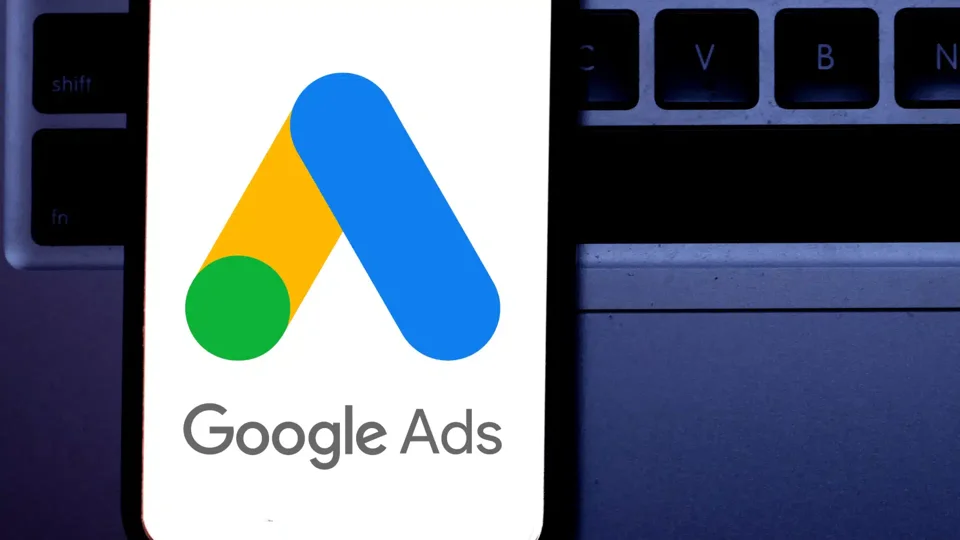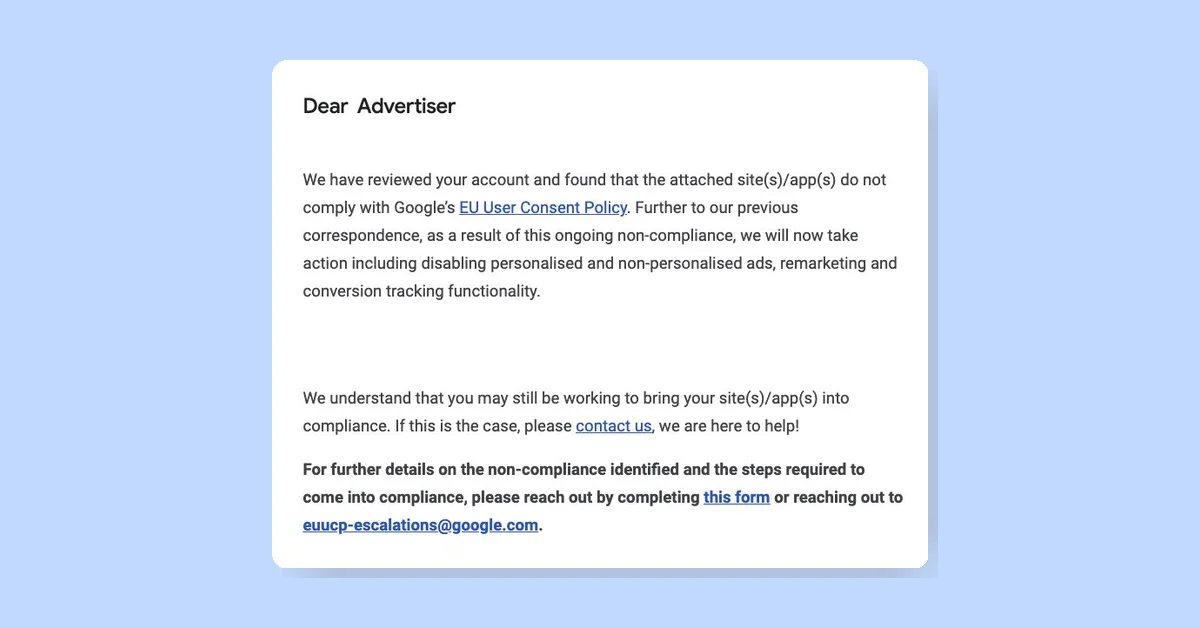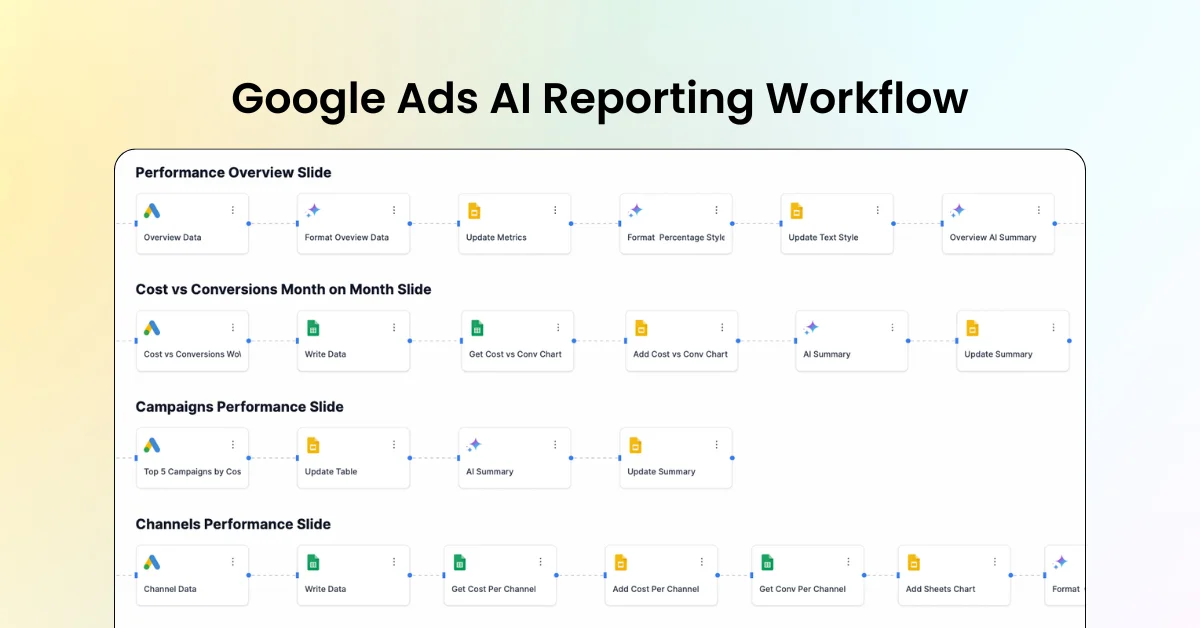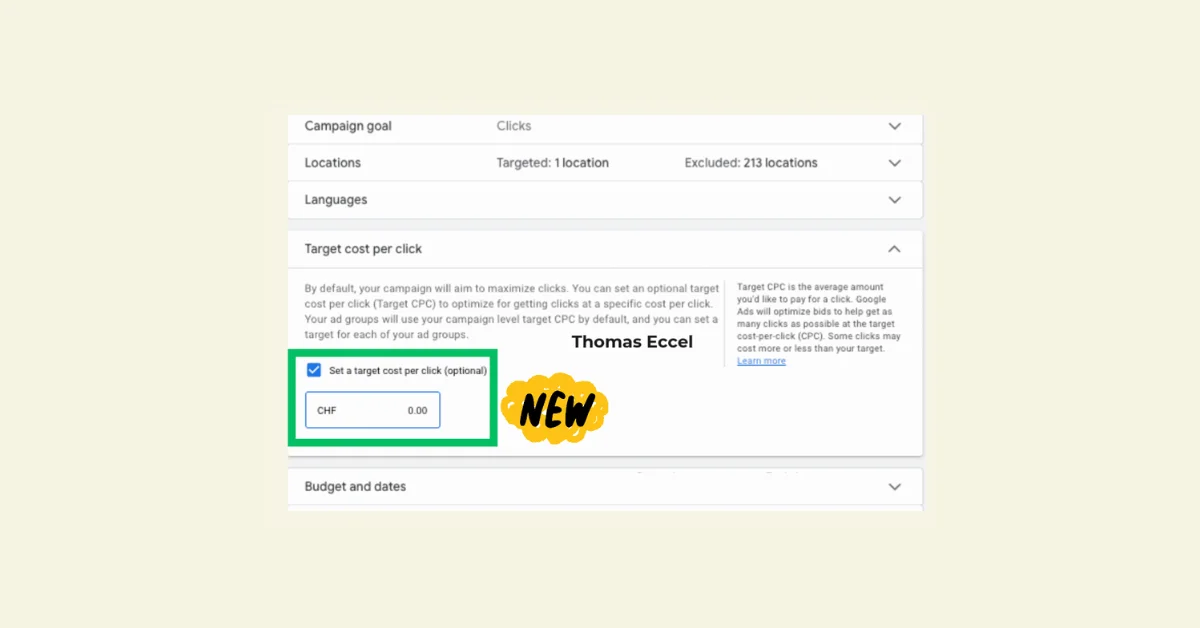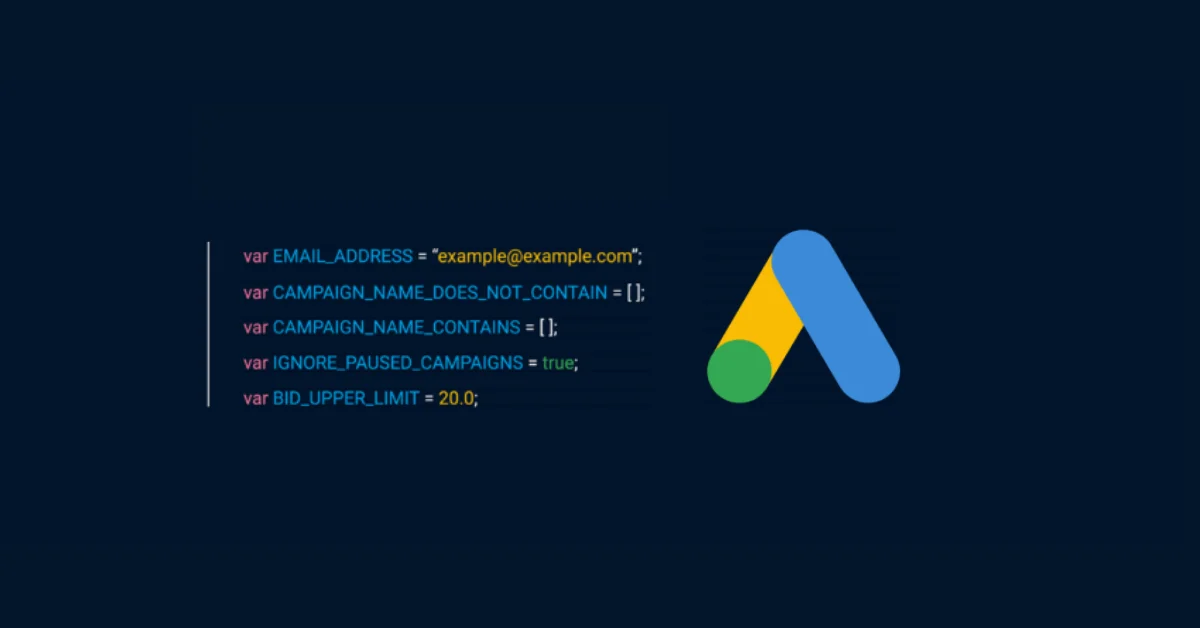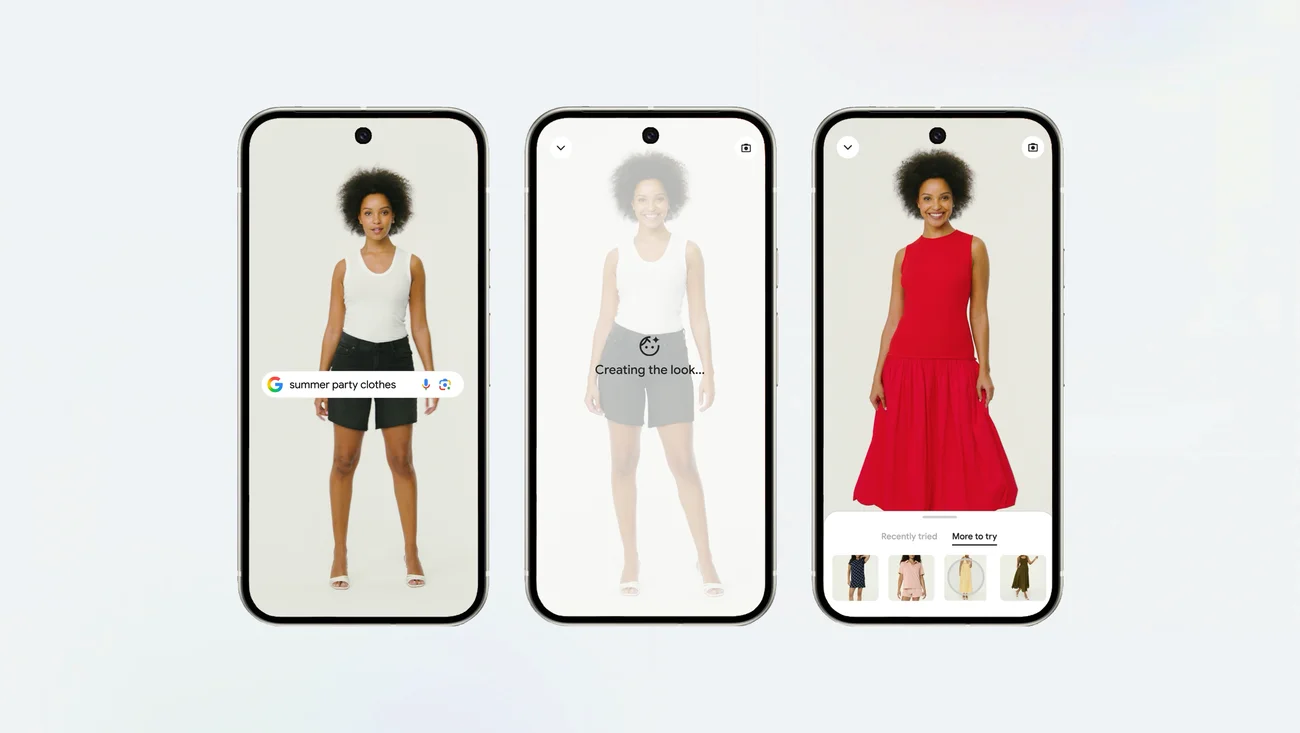Responsive search ads (RSAs), launched in 2018, became the default ad format for Google Ads search campaigns on June 30, 2022. RSAs allow Google Ads to test different combinations of multiple headlines and descriptions to determine which work best and match the search term of the individual searcher.
As of 2024, the practice of displaying three headlines and two descriptions in RSAs has changed. Single-headline ads are appearing more frequently, and the system sometimes adds a headline at the beginning of the description line. The assets that appear and their placement are based on predicted performance improvements.
Ad strength is a diagnostic tool that scores the relevance, diversity of assets, and quality of an RSA. It provides a score (Incomplete, Poor, Average, Good, or Excellent), with higher scores indicating a more effective ad. However, Ad Strength is not used by Ad Rank, so a low-scoring ad could still perform well.
There's an ongoing debate about whether pinning headlines and descriptions helps or hurts RSA performance. Pinning can impact the system’s ability to create effective asset combinations, but some advertisers choose to pin assets for various reasons, such as including a company name in every ad or including a legal disclaimer.
In 2024, Google Ads introduced the ability to apply up to three headlines and two descriptions at a campaign level. These assets can appear in any RSA within that campaign and can be pinned in certain positions.
Performance reports are available for both individual assets and combinations. These reports provide information such as the number of impressions an asset has had and how it performs compared to other assets of the same type within that ad group. The reports can help identify which assets need to be improved or replaced.
Despite changes and updates, the foundation of RSAs remains the same. As Google Ads continues to emphasize AI-powered search, further developments in search ads are expected.
